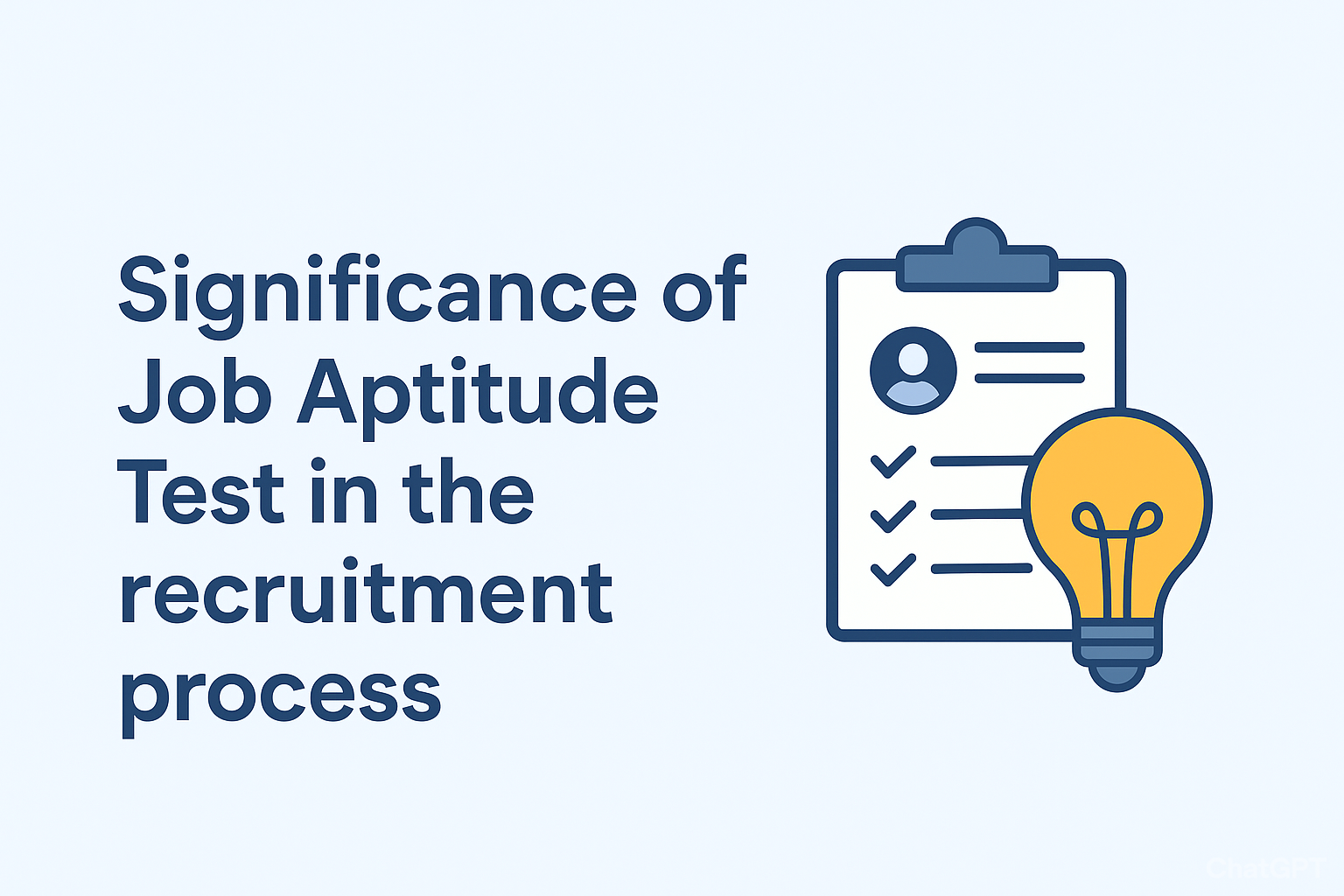Last Updated on March 15, 2024 by Umer Malik
Hunting deer during the daytime requires a strategic approach that takes advantage of the animal’s behavior and environmental factors. Whether you’re a seasoned hunter or a beginner, these five essential tips will help you increase your chances of a successful daytime deer hunt.
- Understanding Deer Behavior
Deer are most active during dawn and dusk, commonly referred to as the crepuscular period. However, during the daytime, they tend to find secure bedding areas to rest and avoid predators. To increase your chances of spotting deer during the day, scout the area in advance to identify bedding locations. Look for areas with dense cover, such as thickets, tall grass, or brush. Deers also move to feeding areas during the day, so knowing their preferred food sources is essential. Fields with lush vegetation, crops, or natural browse are attractive to deer.
- Use Stealth and Patience
Deer have keen senses, including sharp eyesight, acute hearing, and an excellent sense of smell. To outsmart them during the day, you must practice stealth and patience. Move slowly and deliberately, avoiding sudden movements and minimizing noise. Choose your hunting path wisely. Stepping on dry leaves or breaking twigs can alert deer to your presence.
Invest in camouflage clothing that matches the terrain, helping you blend seamlessly into your surroundings. Utilize cover, such as trees and rocks, to break up your outline and stay concealed. Patience is key; find a comfortable spot, preferably overlooking known deer travel routes, and wait quietly. Deer may take their time to emerge from bedding areas, so being patient will increase your chances of a successful encounter.
- Tools and Techniques for Successful Attraction
Mastering daytime deer hunting requires a strategic blend of tools and techniques to attract these elusive creatures. Employ deer calls, like grunts or bleats, to replicate natural sounds and pique curiosity. Utilize scents and lures, such as urine or food-based attractants, to create an enticing environment. Establish feeding hotspots with food plots by using a deer feeder. Employ trail cameras to understand deer movement patterns, guiding your hunting strategy. Combine these tools with careful camouflage, wind management, and patient observation to enhance your daytime deer hunting experience, increasing the chances of a successful and ethical harvest.
- Optimize Your Gear for Daytime Visibility
Hunting during the day requires gear that enhances your visibility without compromising concealment. Opt for clothing with high-visibility elements. This ensures that you remain visible to other hunters while staying camouflaged to deer. Invest in quality optics, such as binoculars or a spotting scope, to scan the landscape more effectively. Additionally, consider using calls and rattling antlers to attract deer during the day. While deer are less vocal during daylight hours, well-timed calls can still grab their attention and draw them closer.
- Adapt to Changing Conditions
Pay attention to lunar phases, as they can influence deer movement patterns. Moonlit nights may lead to increased activity, affecting the deer’s feeding and travel habits. Utilize this knowledge to plan your hunts during peak lunar periods. Stay informed about local wildlife and forestry management practices that may impact deer behavior. Embrace a holistic understanding of the ecosystem, enhancing your ability to anticipate and navigate changes for a more successful daytime deer hunting experience.
Conclusion
Mastering daytime deer hunting requires a combination of knowledge, patience, and strategic planning. Understanding deer behavior, practicing stealth, choosing strategic stand locations, optimizing your gear, and adapting to changing conditions are key elements for success. By incorporating these tips into your hunting strategy, you’ll increase your chances of encountering deer during daylight hours and enhance your overall hunting experience. Remember to prioritize safety, follow ethical hunting practices, and enjoy the beauty of the great outdoors as you pursue this challenging and rewarding pastime.


























